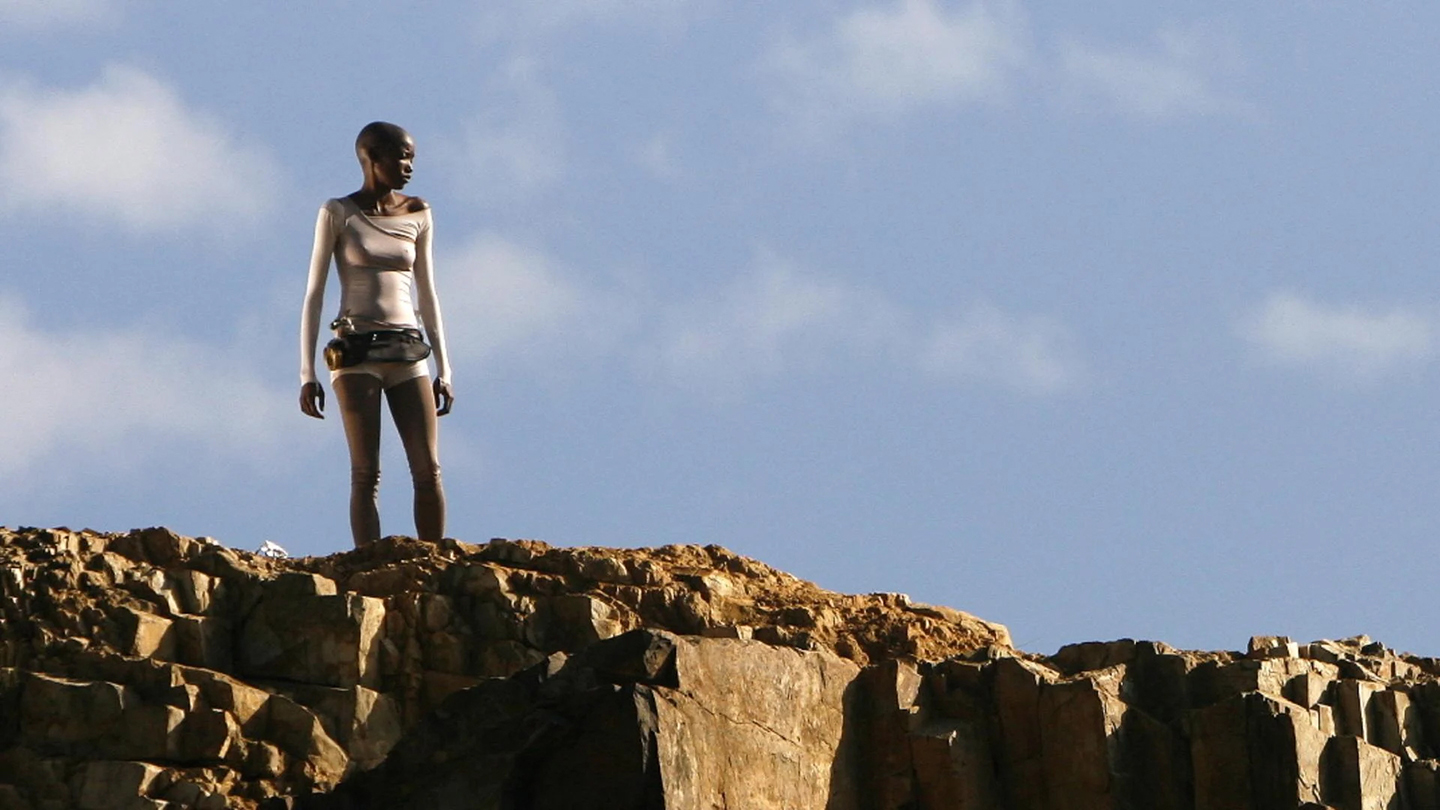The transmission contained, among other tidbits of information: the numbers one to ten; a range of atomic numbers for various elements; information about the DNA helix; a crude pictogram of a human being; the global population in 1974; and a line of planets in the solar system, with earth slightly elevated directly above a drawing of the Arecibo dish.
The Voyager’s Golden Record, launched in 1977, is a case in point.
Any signal sent from earth (or emanating from deep within the cosmos) is subject to the inverse square law, which means that a signal originating four light years away, for example, would reach earth’s signal detectors at only one-sixteenth of its original strength, and so on. This assumes that any extraterrestrial civilization would have had the technical sophistication to build an electromagnetic transmitter, the desire to send a signal flare that would make themselves known across the cosmos, and the longevity to have made these decisions long enough ago in the past that we’d have reason to anticipate the arrival of their signals now.
Quoted in Daniel Oberhaus, Extraterrestrial Languages (MIT Press, 2019), 74.
David Uahikeaikalei’ohu Maile, “On Being Late: Cruising Mauna Kea and Unsettling Technoscientific Conquest in Hawai’i,” American Indian Culture and Research Journal 45, no. 1 (2021): 109.
Maile, “On Being Late,” 109.
Maile, “On Being Late,” 110.
Maile, “On Being Late,” 113.
Maile, “On Being Late,” 114. Emphasis in original.
After a series of storms throughout the 2010s caused sustained damage to the Arecibo Telescope, the National Science Foundation announced on November 19, 2020 that Arecibo would be decommissioned. In December 2020, the governor of Puerto Rico at the time, Wanda Vázquez Garced, signed an executive order designating the area as a historic site, in addition to allocating eight million dollars for debris removal and the design of a new observatory to be built in Arecibo’s place. This reconstruction, she stated, is a “matter of public policy” →.
“Bubble Vision,” lecture delivered by Hito Steyerl, Yale University School of Art, February 21, 2018.
